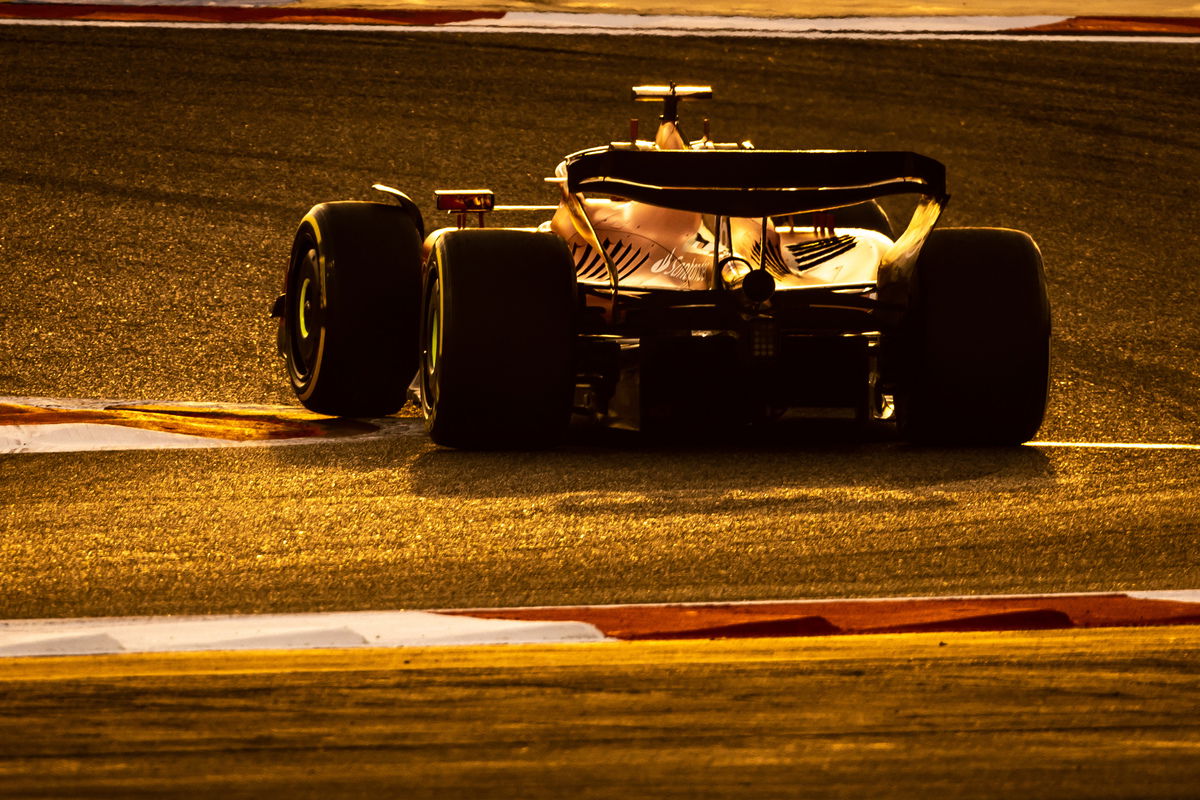

While little can be read into the details of F1 pre-season testing, it does offer a broad strokes overview of the year ahead.
Any and all analysis of the three days of running in Bahrain should be prefaced with the usual qualifiers; we don’t know what teams were working on, their fuel loads, engine maps, and so on.
With that in mind, one very clear picture emerged: Red Bull looks very, very good.
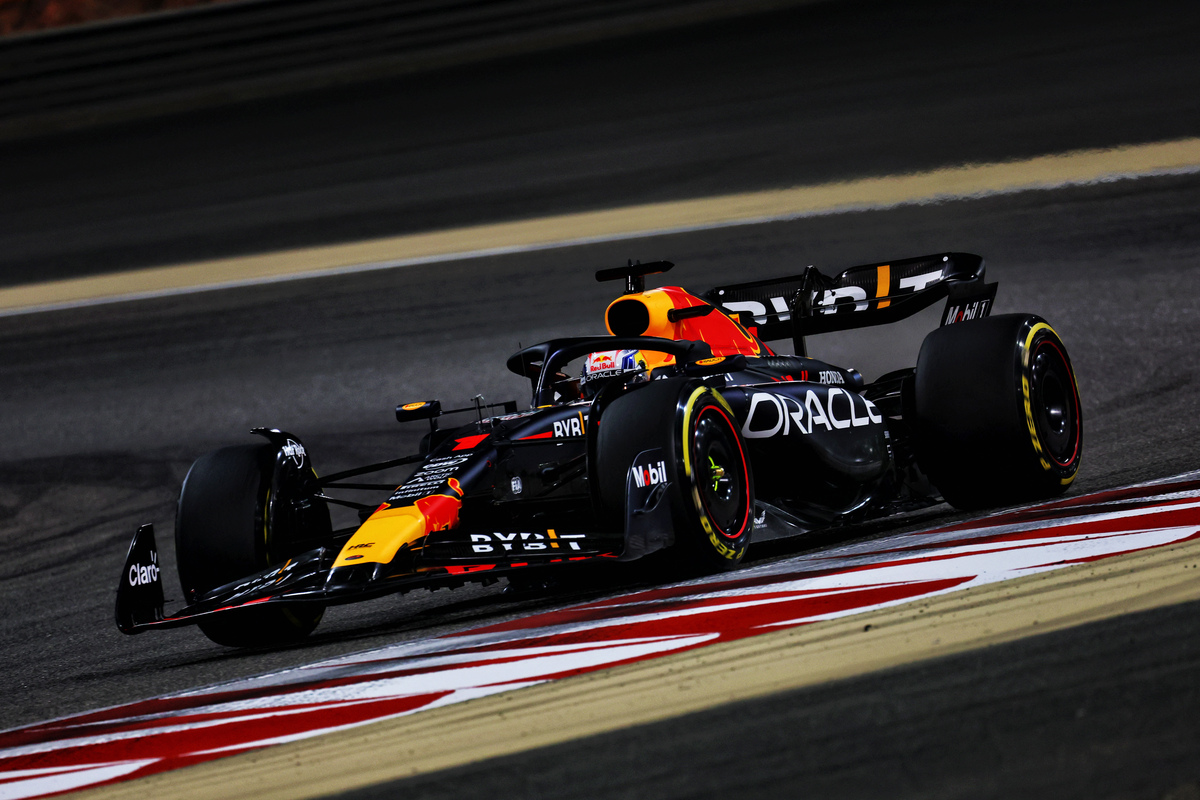
Red Bull the class of F1 testing
Last year’s world championship winners ran faultlessly across all days, chalking up laps at will.
More than that, the car was fast and, on track, it looked composed and balanced, giving the drivers confidence.
Neither Max Verstappen nor Sergio Perez were shouting from the rooftops, but there is a confidence about the team that comes from the knowledge its package is good.
Contrast that to Ferrari where the car performed well – it featured towards the top of the timesheets and ran reliably – but the drivers were less enthusiastic.
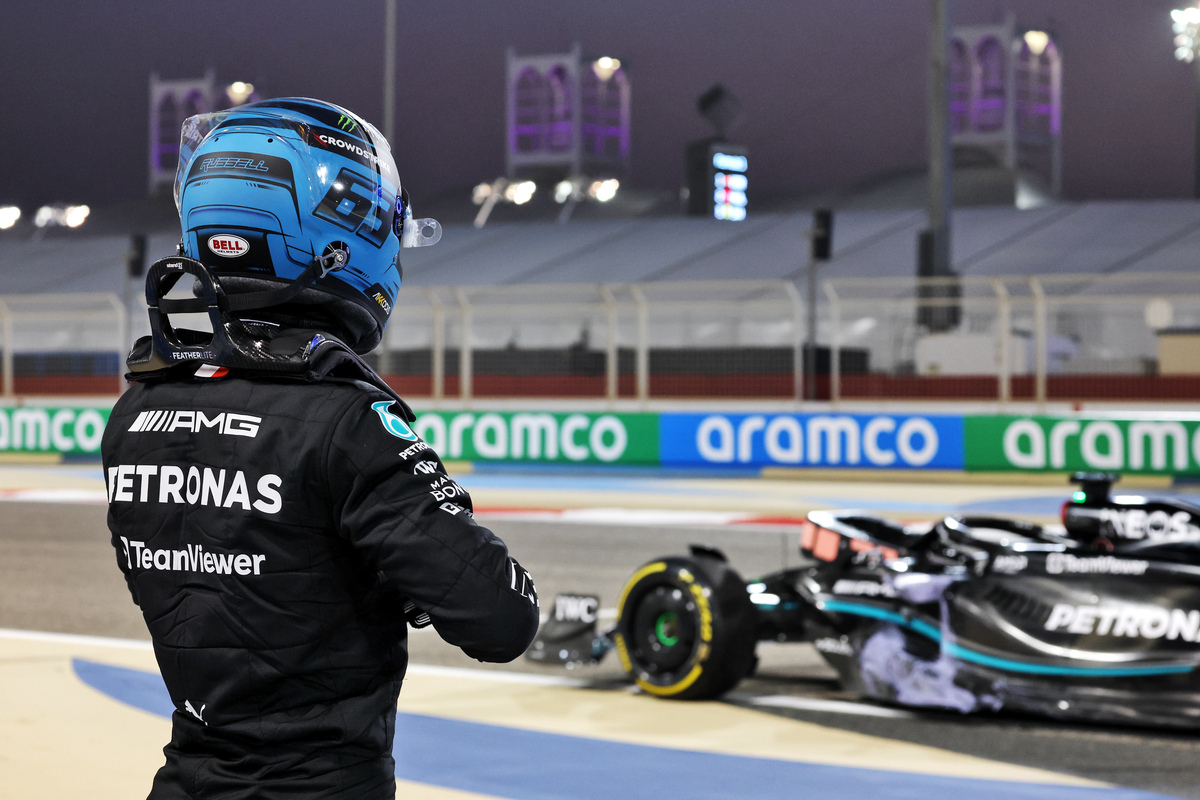
Rivals at the front
On the surface, the SF-23 should be there or thereabouts with the RB19, but paddock consensus is it has a bit to go to catch the Red Bull.
There are questions over its tyre degradation while Charles Leclerc admitted the team has “work to do” when Speedcafe asked if the car was a potential world championship winner.
Again, that should be taken with a grain of salt and the team could be deliberately playing down its chances, but all indicators are that isn’t the case.
Make no mistake, Ferrari will be one of the front runners, but it looks to have lost half a step to Red Bull.
Completing the leading group is Mercedes.
It was something of a Jekyll and Hyde test for the squad which looked strong on Thursday only to lose its way on Friday.
However, it recovered well for Saturday which suggests it identified and understood whatever hindered it the day before.
There was a blemish to its record though with a hydraulics failure for George Russell on Friday evening which cost about two hours worth of running.
That’s not disastrous and there will be no panic back in Brackley, but it’s a point to keep in mind when considering the team against its nearest rivals; Ferrari and Red Bull.
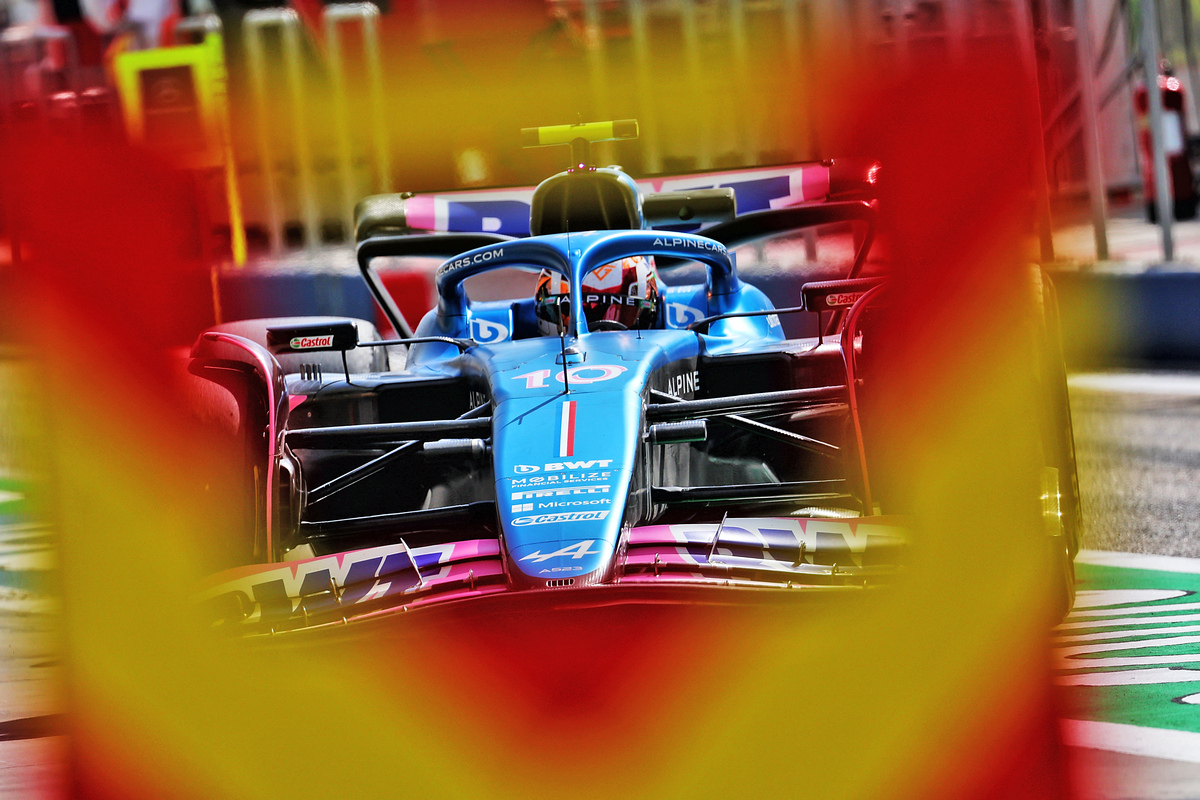
The midfield pack
And that brings us neatly to the midfield, the exact order of which is anyone’s guess and in all probability will change from track to track.
It’s largely accepted that the top three teams will be clear of the pack, but that the ‘midfield’ as it once was is now effectively the seven remaining teams.
So while attempting to rank them is a fool’s game, we do have a high-level picture of each operation.
Alpine, for instance, failed to set the world alight but was nonetheless very content. Both drivers were happy, and team boss Otmar Szafnauer spoke confidently but always with the usual qualifiers.
That it never appeared towards the top of the timesheets is irrelevant; reliability and data are the focusses of F1 testing more than lap times – a car you don’t understand that keeps breaking down is difficult to make faster.
Contrast that with McLaren and you get the idea.
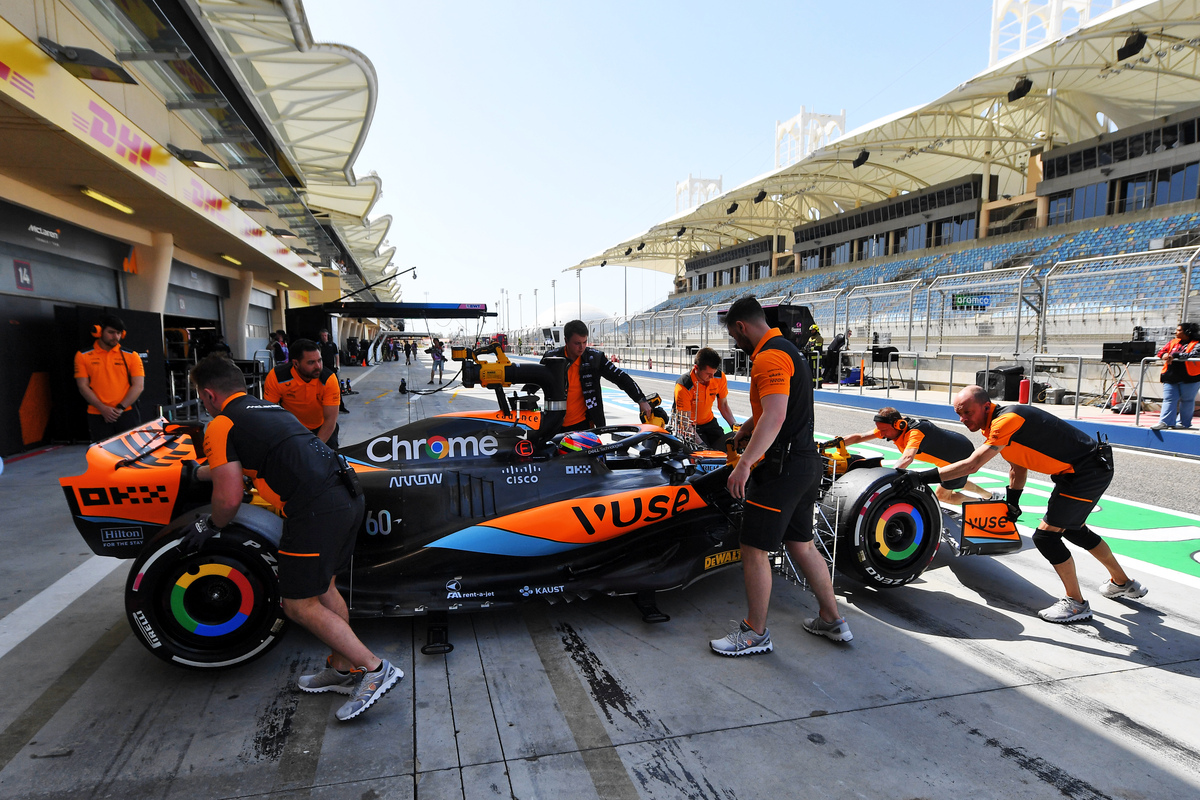
Challenges for McLaren
The Woking squad had a torrid time of it with issues that kept it in the garage for long periods.
Those issues should be resolved in time for this weekend’s Bahrain Grand Prix, but they were a body blow during testing.
The wheelbrows on the MCL60 caused issues and meant, of the 20 drivers who took part in F1 testing, Oscar Piastri and Lando Norris ranked 18th and 19th respectively when it came to distance covered – only Aston Martin’s Felipe Drugovich had less.
There are upgrades coming but comments from the team’s management do not paint a pretty picture for the early part of the year.
McLaren, it seems, has lost ground.
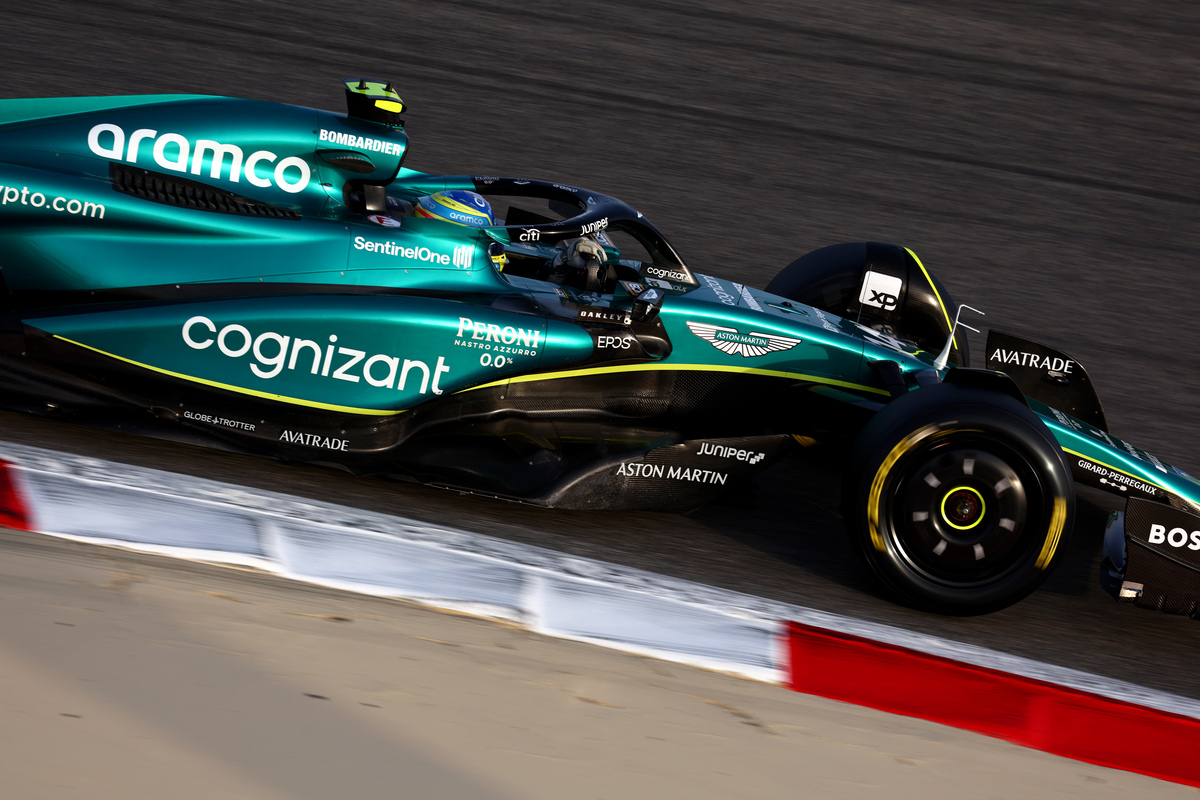
The rise of Aston Martin
Going the other way is Aston Martin, which had a strong run despite the absence of Lance Stroll from F1 testing.
The Canadian proved quite the talking point over the weekend as the team bizarrely chose to keep his exact condition secret.
His injury was a blow felt by the team as while Drugovich was able to step in alongside Fernando Alonso, it meant the team had no baseline for comparison.
That’s important because the items Drugovich and Alonso noted could be specific to the AMR23 or they could simply be Aston Martin traits and of no consequence – without Stroll there as that baseline it’s hard to know.
Still, Aston Martin is regarded as a dark horse and could very well be the leading team in the ‘midfield’.
Some even suggest it might be capable of more, and the truly optimistic have drawn comparisons with Brawn in 2009.
That seems unlikely but highlights the fact that the team impressed.
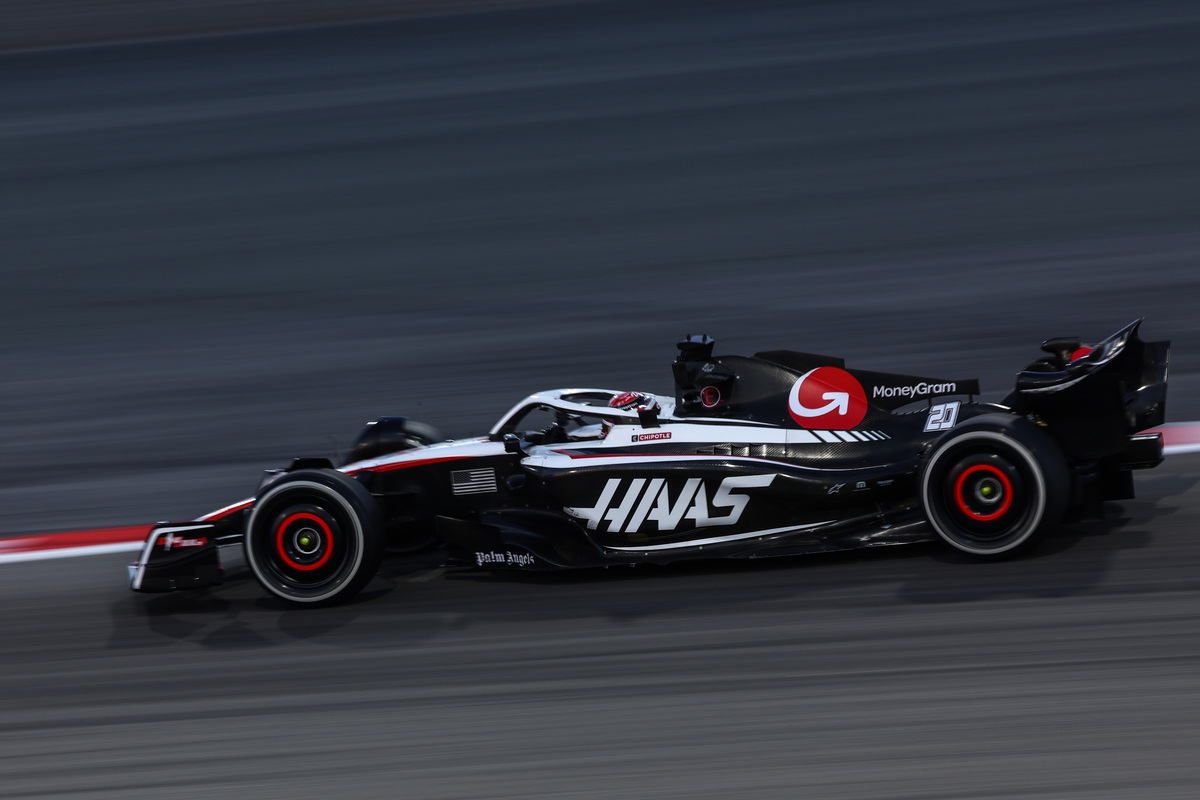
Tight F1 midfield after testing
And so we come to the gaggle of teams that are neigh on impossible to separate; Haas, Scuderia AlphaTauri, and Alfa Romeo Sauber.
Missing from that group is Williams, which is thought to have moved closer to the midfield pack but is still expected to be the tenth-best team in 2023.
Early indications are its nearest rival could well be McLaren, but the group ahead is so tightly packed it’s difficult to say with confidence.
That’s because Alfa Romeo Sauber, Haas, and Scuderia AlphaTauri are so close.
None look to have made significant strides forward but by the same token offered no evidence during F1 testing that they’d slipped down the pecking order either.
Haas boss Guenther Steiner was happy with how his team performed in comparison to last year, but that was a low bar to clear.
Scuderia AlphaTauri banked the most laps of any team and did so without creating headlines.
Nyck de Vries was fourth best on Friday and Yuki Tsunoda sixth on Saturday, but it would be a brave act to read much into their lap times.
Similarly for Alfa Romeo Sauber, even allowing for the fact Zhou Guanyu was fastest on Friday.
Valtteri Bottas backed that up with the third-best time on Saturday, suggesting there is good single-lap pace, but how does that translate into race pace, and where does it leave it in comparison to those around it?
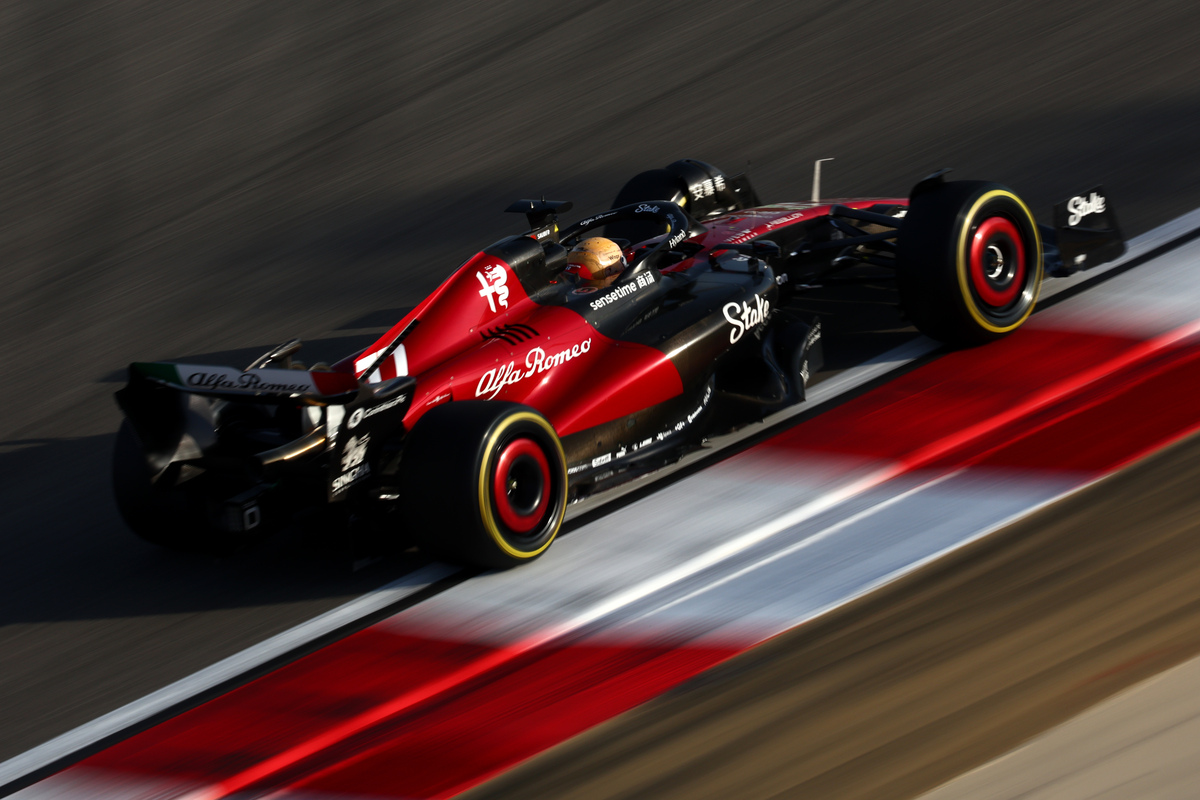
The full picture will become clear
It’s a good question for which, currently, there is no accurate answer.
The midfield battle this year looks even tighter and will almost certainly ebb and flow from race to race as a result.
That will create an interesting dynamic in the battle for the remaining points behind the top three teams, who again look someway clear.
Of course, how accurate the picture from F1 testing proves to be won’t be clear for a handful of races, but we’ll get our first glimpse of it this weekend.
Opening practice for the Bahrain Grand Prix gets underway at 14:40 local time (22:30 AEDT) on Friday.




















Discussion about this post